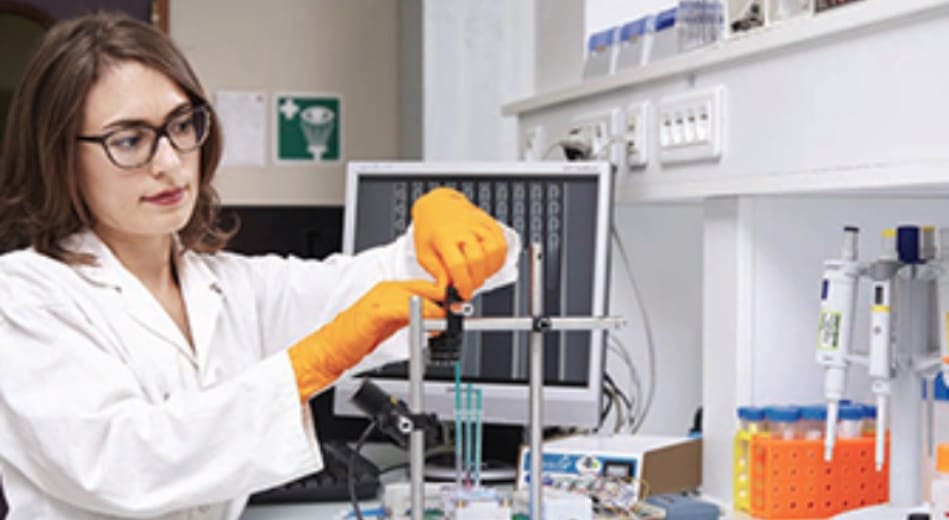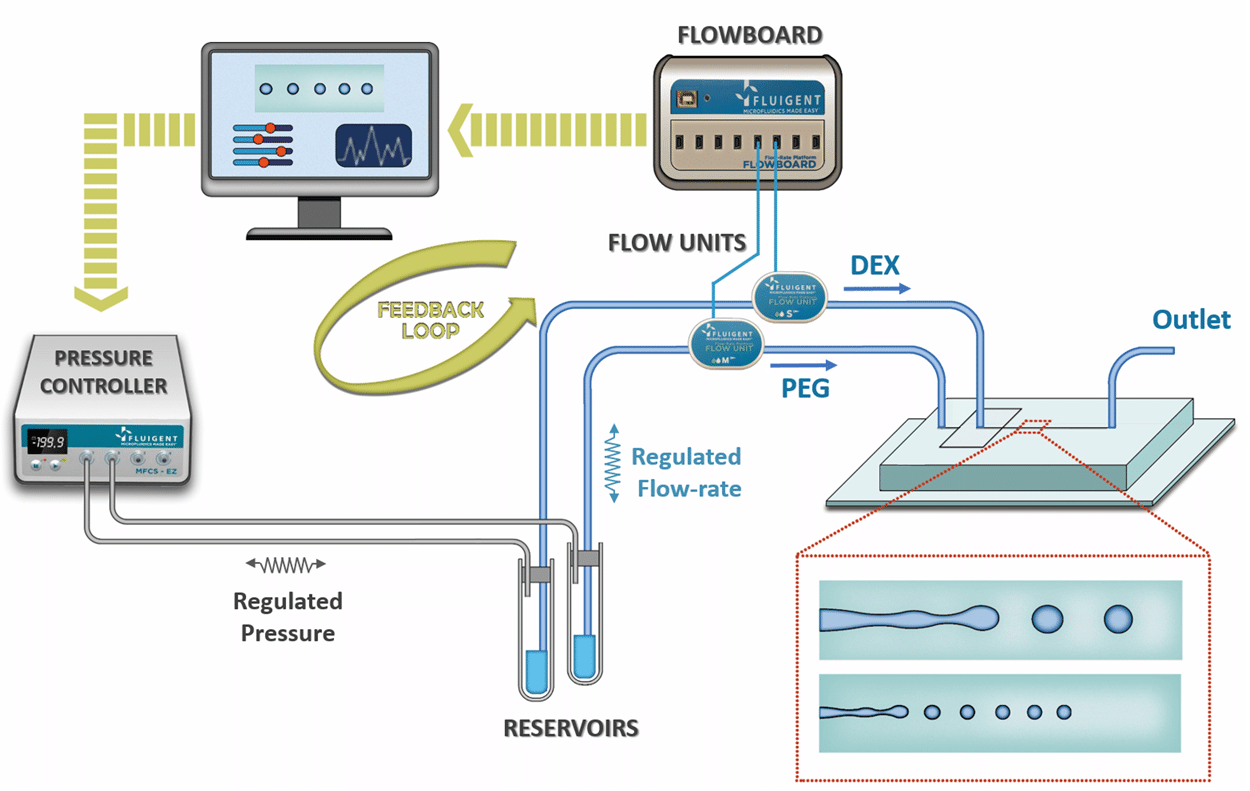Microbead-based microfluidics (droplet-based microfluidic using specific gel as dispersed phase) is a powerful technic which…

Customer paper on DLD for Particle Separation
Anticipating Cutoff Diameters in Deterministic Lateral Displacement (DLD) Microfluidic Devices for an Optimized Particle Separation
By Eloise Pariset, Catherine Pudda, François Boizot, Nicolas Verplanck, Jean Berthier, Aurélie Thuaire and Vincent Agache from the CEA Leti in Grenoble, France.
Deterministic lateral displacement (DLD) devices enable to separate nanometer to micrometer-sized particles around a cutoff diameter, during their transport through a microfluidic channel with slanted rows of pillars. In order to design appropriate DLD geometries for specific separation sizes, robust models are required to anticipate the value of the cutoff diameter. So far, the proposed models result in a single cutoff diameter for a given DLD geometry. This paper shows that the cutoff diameter actually varies along the DLD channel, especially in narrow pillar arrays. Experimental and numerical results reveal that the variation of the cutoff diameter is induced by boundary effects at the channel side walls, called the wall effect. The wall effect generates unexpected particle trajectories that may compromise the separation efficiency. In order to anticipate the wall effect when designing DLD devices, a predictive model is proposed in this work and has been validated experimentally. In addition to the usual geometrical parameters, a new parameter, the number of pillars in the channel cross dimension, is considered in this model to investigate its influence on the particle trajectories.
This experiment was made possible thanks to our MFCS™-EZ, golden limited edition that you can see on the picture.
For more information: doi: 10.1002/smll.201701901 or Small. (10/2017) 1701901.
Besides, Eloïse Pariset was awarded the L’Oréal-Unesco “Women for Science” award. More details on the CEA website here (in French).



